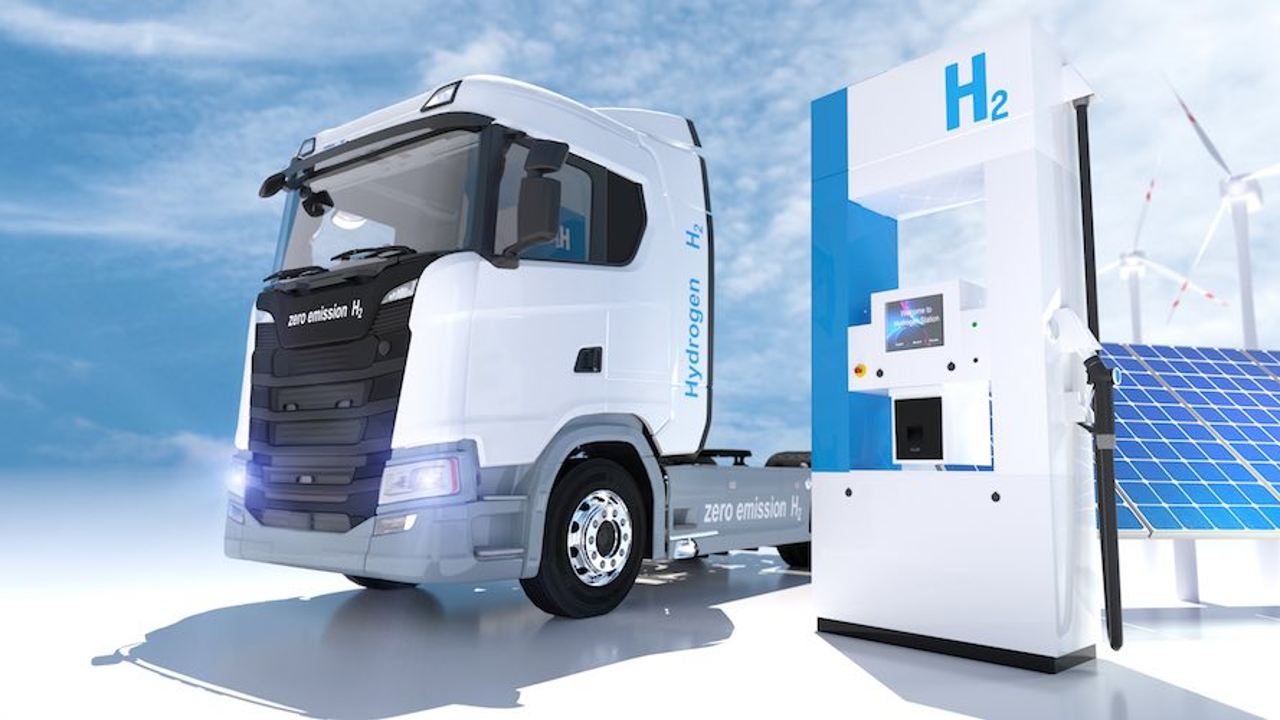According to experts, it is time to focus on green hydrogen, i.e. hydrogen produced from renewable sources and more specifically by electrolysis, converting water into hydrogen and oxygen molecules using renewable sources, such as surplus wind power.
As the energy transition progresses, it is becoming increasingly important among the technological solutions for decarbonization, especially in energy-intensive sectors that, a priori, seem difficult to “clean up”, such as the chemical industry, commercial transport, aviation or shipping.
With the growing implementation of renewable energies and the new process of consumer electrification, green hydrogen has emerged from its experimental niche to carve a niche for itself in the market. Experts believe it is “ready for its big moment,” and urge governments to channel their investments for recovery into what is considered the cleanest and most efficient alternative to fossil fuels.
“We could use the coronavirus pandemic, where a lot of public money will be needed for the energy system, to move toward a hydrogen economy”.
The main contributions are as follows:
- The green hydrogen “revolution” will help reduce emissions in existing industrial processes and also provide clean fuel for buses, trucks or ships. Being the most abundant chemical element in the universe and emitting water vapor instead of CO2, it emerges as a 100% sustainable alternative for generating large amounts of energy.
- The costs are much higher than those required for natural gas, although the difference is likely to decrease as renewable energy costs fall and carbon taxes are raised to combat climate change in the coming decades.
- This hydrogen-based energy transition will not happen overnight. The sector will need appropriate standards and financing, as well as a new supply infrastructure.
- Some countries, including the Netherlands, Australia and Portugal, have already begun to invest in this technology. Now, during the Covid-19 crisis, investors and companies are pushing for the European Union to define a recovery plan to support green hydrogen in sectors such as transport and heavy industry.
“8% of the world’s final energy consumption could be hydrogen-related by 2050. This would make it possible to achieve high energy efficiency and decarbonization at the same time.“
In case of implementing this type of solutions, the expected benefits are the following:
- Green energy prices have fallen considerably in recent years. Therefore, falling renewable energy costs, coupled with an increase in demand, could reduce the price of hydrogen from $6 per kg to $1.7 per kg by 2050. In addition, an increase in carbon market prices could be an important stimulus.
- Electrolysis plants can provide demand flexibility by facilitating the penetration of more wind and photovoltaics into the grid, a feature that is already enabling the sector to increase in size from current megawatts to gigawatts in the most advanced European energy markets.
- Despite the economic uncertainties, by the mid to late 2020s we will see a substantial change in the outlook. Demand for electrolyzers for green hydrogen production is growing rapidly. As of March 2020, nearly 8.2 GW of global hydrogen capacity from renewable sources was being projected, or 31 times today’s cumulative installed capacity. Note that in October 2019, in the run-up to the coronavirus crisis, analysts estimated much lower growth: about 2.3 GW of electrolyzers.




Leave a Reply